BYD Tang vs VW ID.4 - Differences and prices compared
Costs and Efficiency:
Looking at overall running costs, both models reveal some interesting differences in everyday economy.
VW ID.4 has a convincingly advantage in terms of price – it starts at 34600 £, while the BYD Tang costs 64300 £. That’s a price difference of around 29713 £.
In terms of energy consumption, the advantage goes to the VW ID.4: with 15.60 kWh per 100 km, it’s clearly more efficient than the BYD Tang with 24 kWh. That’s a difference of about 8.40 kWh.
As for range, the VW ID.4 performs barely noticeable better – achieving up to 569 km, about 39 km more than the BYD Tang.
Engine and Performance:
Power, torque and acceleration are the classic benchmarks for car enthusiasts – and here, some clear differences start to show.
When it comes to engine power, the BYD Tang has a noticeable edge – offering 517 HP compared to 340 HP. That’s roughly 177 HP more horsepower.
In acceleration from 0 to 100 km/h, the BYD Tang is somewhat quicker – completing the sprint in 4.90 s, while the VW ID.4 takes 5.40 s. That’s about 0.50 s faster.
In terms of top speed, the BYD Tang performs slight better – reaching 190 km/h, while the VW ID.4 tops out at 180 km/h. The difference is around 10 km/h.
There’s also a difference in torque: BYD Tang pulls barely noticeable stronger with 680 Nm compared to 679 Nm. That’s about 1 Nm difference.
Space and Everyday Use:
Whether family car or daily driver – which one offers more room, flexibility and comfort?
Seats: BYD Tang offers evident more seating capacity – 7 vs 5.
In curb weight, VW ID.4 is evident lighter – 1975 kg compared to 2630 kg. The difference is around 655 kg.
In terms of boot space, the VW ID.4 offers clearly more room – 543 L compared to 235 L. That’s a difference of about 308 L.
In maximum load capacity, the BYD Tang performs slight better – up to 1655 L, which is about 80 L more than the VW ID.4.
When it comes to payload, BYD Tang barely noticeable takes the win – 575 kg compared to 551 kg. That’s a difference of about 24 kg.
Who wins the race?
The VW ID.4 proves to be wins the duel decisively and therefore becomes our DriveDuel Champion!
VW ID.4 is the better all-rounder in this comparison.
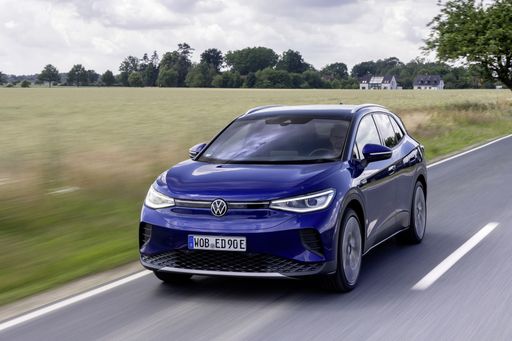 @ Volkswagen AG / VW Media
@ Volkswagen AG / VW Media
VW ID.4
Costs and Consumption
View detailed analysis
Engine and Performance
View detailed analysis
Dimensions and Body
View detailed analysis
BYD Tang
The BYD Tang is a bold, tech-loaded SUV that blends striking design with roomy practicality, making it equally at home on the school run and the open road. Packed with clever tech and a powertrain that mixes efficiency with eager performance, it’s a smart, value-focused pick for buyers who want electric-age comfort without the premium-brand fuss.
details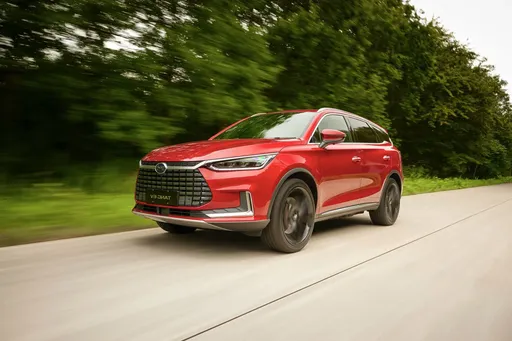 @ BYD Auto / BYD Global Media
@ BYD Auto / BYD Global Media
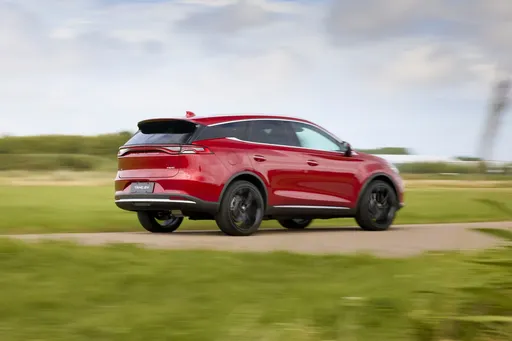 @ BYD Auto / BYD Global Media
@ BYD Auto / BYD Global Media
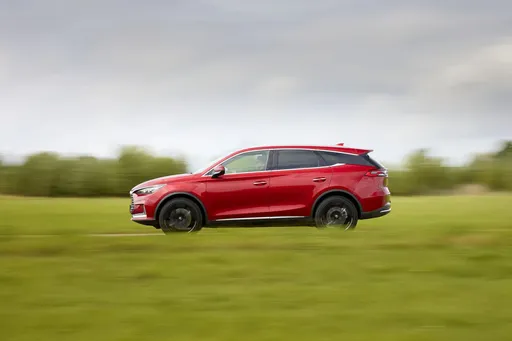 @ BYD Auto / BYD Global Media
@ BYD Auto / BYD Global Media
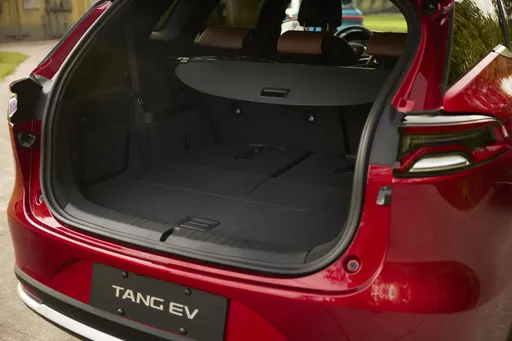 @ BYD Auto / BYD Global Media
@ BYD Auto / BYD Global Media
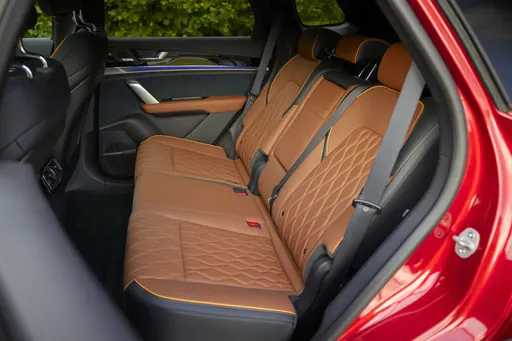 @ BYD Auto / BYD Global Media
@ BYD Auto / BYD Global Media
VW ID.4
The VW ID.4 is a calm, roomy electric SUV that turns everyday driving into a quietly confident experience, its practical packaging and smooth manners tailored perfectly for family life. Volkswagen's solid build and intuitive interior tech mean you get electric practicality without the sci‑fi theatrics, making the ID.4 a sensible, surprisingly likable choice for most buyers.
details @ Volkswagen AG / VW Media
@ Volkswagen AG / VW Media
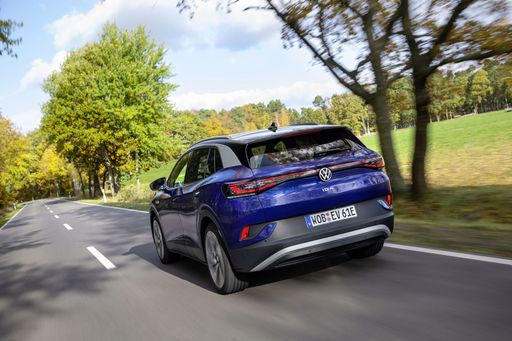 @ Volkswagen AG / VW Media
@ Volkswagen AG / VW Media
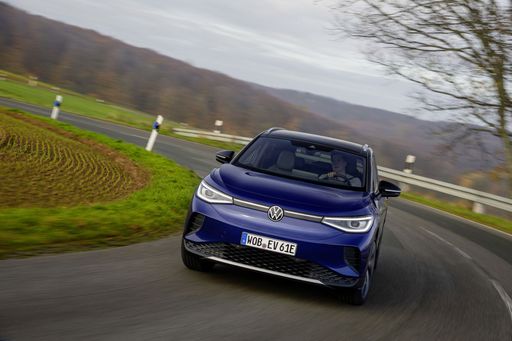 @ Volkswagen AG / VW Media
@ Volkswagen AG / VW Media
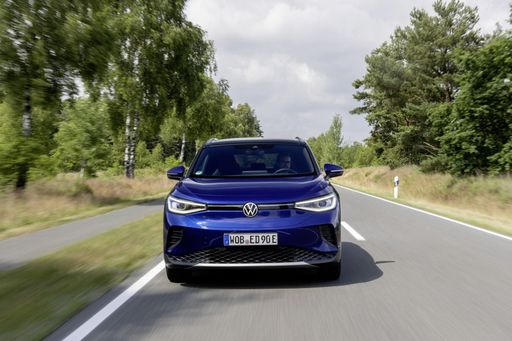 @ Volkswagen AG / VW Media
@ Volkswagen AG / VW Media
 @ Volkswagen AG / VW Media
@ Volkswagen AG / VW Media
 @ Volkswagen AG / VW Media
@ Volkswagen AG / VW Media
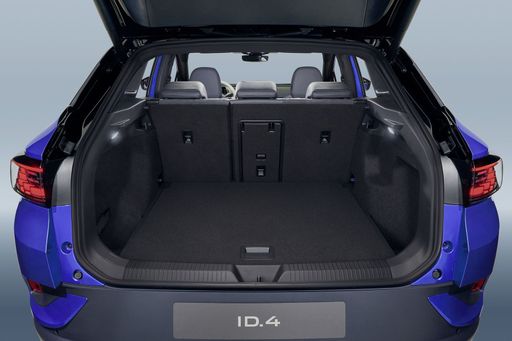 @ Volkswagen AG / VW Media
@ Volkswagen AG / VW Media
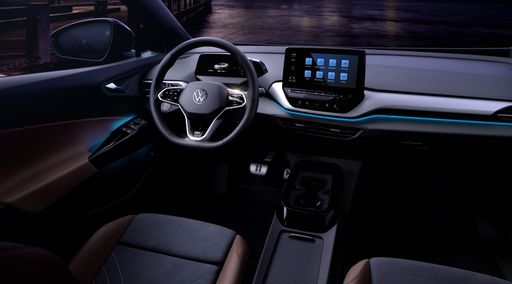 @ Volkswagen AG / VW Media
@ Volkswagen AG / VW Media
 @ BYD Auto / BYD Global Media
@ BYD Auto / BYD Global Media
|
 @ Volkswagen AG / VW Media
@ Volkswagen AG / VW Media
|
|
|
|
Costs and Consumption |
|
|---|---|
|
Price
64300 £
|
Price
34600 - 47200 £
|
|
Consumption L/100km
-
|
Consumption L/100km
-
|
|
Consumption kWh/100km
24 kWh
|
Consumption kWh/100km
15.6 - 17 kWh
|
|
Electric Range
530 km
|
Electric Range
356 - 569 km
|
|
Battery Capacity
-
|
Battery Capacity
52 - 77 kWh
|
|
co2
0 g/km
|
co2
0 g/km
|
|
Fuel tank capacity
-
|
Fuel tank capacity
-
|
Dimensions and Body |
|
|---|---|
|
Body Type
SUV
|
Body Type
SUV
|
|
Seats
7
|
Seats
5
|
|
Doors
5
|
Doors
5
|
|
Curb weight
2630 kg
|
Curb weight
1975 - 2248 kg
|
|
Trunk capacity
235 L
|
Trunk capacity
543 L
|
|
Length
4970 mm
|
Length
4582 - 4584 mm
|
|
Width
1955 mm
|
Width
1852 mm
|
|
Height
1745 mm
|
Height
1619 - 1634 mm
|
|
Max trunk capacity
1655 L
|
Max trunk capacity
1575 L
|
|
Payload
575 kg
|
Payload
511 - 551 kg
|
Engine and Performance |
|
|---|---|
|
Engine Type
Electric
|
Engine Type
Electric
|
|
Transmission
Automatic
|
Transmission
Automatic
|
|
Transmission Detail
Reduction Gearbox
|
Transmission Detail
Reduction Gearbox
|
|
Drive Type
All-Wheel Drive
|
Drive Type
Rear-Wheel Drive, All-Wheel Drive
|
|
Power HP
517 HP
|
Power HP
170 - 340 HP
|
|
Acceleration 0-100km/h
4.90 s
|
Acceleration 0-100km/h
5.4 - 9 s
|
|
Max Speed
190 km/h
|
Max Speed
160 - 180 km/h
|
|
Torque
680 Nm
|
Torque
310 - 679 Nm
|
|
Number of Cylinders
-
|
Number of Cylinders
-
|
|
Power kW
380 kW
|
Power kW
125 - 250 kW
|
|
Engine capacity
-
|
Engine capacity
-
|
General |
|
|---|---|
|
Model Year
2024
|
Model Year
2023 - 2025
|
|
CO2 Efficiency Class
A
|
CO2 Efficiency Class
A
|
|
Brand
BYD
|
Brand
VW
|
Is the BYD Tang offered with different drivetrains?
The BYD Tang is available as All-Wheel Drive.
The prices and data displayed are estimates based on German list prices and may vary by country. This information is not legally binding.
